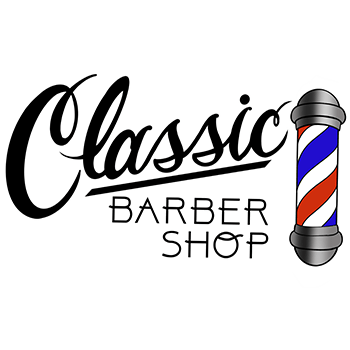Maintaining adequate sanitation is crucial for any profession that entails direct contact among customers, especially within the barbering industry. Hairdressers play an integral part in helping clients look and become their finest, but this duty comes alongside the necessity for strict sanitary practices. In the interest of the safety of clients and stylists alike, there are several essential sanitary practices that should be prevented. Understanding these practices may help guarantee a sanitary and safe setting in barber shops.
One of the common common hygiene mistakes stylists should prevent is the recycling of individual styling instruments without proper sanitation. Tools such as shears, clippers, and combs can harbor bacteria and viruses if they are not cleaned after every use. Stylists should consistently sanitize their tools with appropriate cleaners or wipes between clients. Failing to do so could lead to the spread of infections, which can have serious consequences for clients. Creating a schedule for cleaning and sanitizing tools is not just a best practice; it is a necessary part of maintaining a safe work setting.
Another habit to prevent is overlooking to clean one's hands regularly. Barbers engage with various customers in a single-day day, and their hands can easily accumulate bacteria and viruses. It is essential for barbers to clean their skin meticulously with soap and liquid before and after each customer. Additionally, using this link hand disinfectant can be an efficient way to further minimize the spread of pathogens. Neglecting this step can endanger customer security and may result in diseases or ailments that could have been easily avoided.

Proper sanitation of the barbershop environment is also vital. Barbers should avoid ignoring surfaces that are frequently handled, such as seats, countertops, and waiting area seats. These surfaces should be cleaned and sanitized regularly to reduce the likelihood of contamination. Establishing a disinfection routine can help stylists copyright a sanitary setting. This protocol not only safeguards customers but also improves the general atmosphere, allowing customers feel more comfortable and valued.
Additionally, stylists should avoid using products that have not been stored or managed correctly. Cosmetic items such as styling gels, hair sprays, and serums can turn tainted if they are left open or incorrectly kept. It is important for barbers to examine expiration dates and to store items in a cool, dry place. Discarding any expired or suspicious products is essential to guarantee site customer well-being. Using tainted products can lead to dermal reactions or allergic responses, which can damage a stylist's reputation and harm customers.
To conclude, barbers have a responsibility to maintain high levels of sanitation to ensure the well-being and health of their clients. By avoiding the reuse of unsanitized instruments, neglecting hand hygiene, overlooking environmental cleanliness, and utilizing inappropriately kept products, barbers can establish a secure and inviting atmosphere. Recognizing and applying these critical sanitary protocols not only safeguards customers from infections but also builds confidence and faithfulness. A clean barbershop is a thriving barbershop, where both stylists and clients can experience confident and safe.
Comments on “Crucial Sanitation Practices All Barber Should Steer Clear of for Maximum Client Safety”